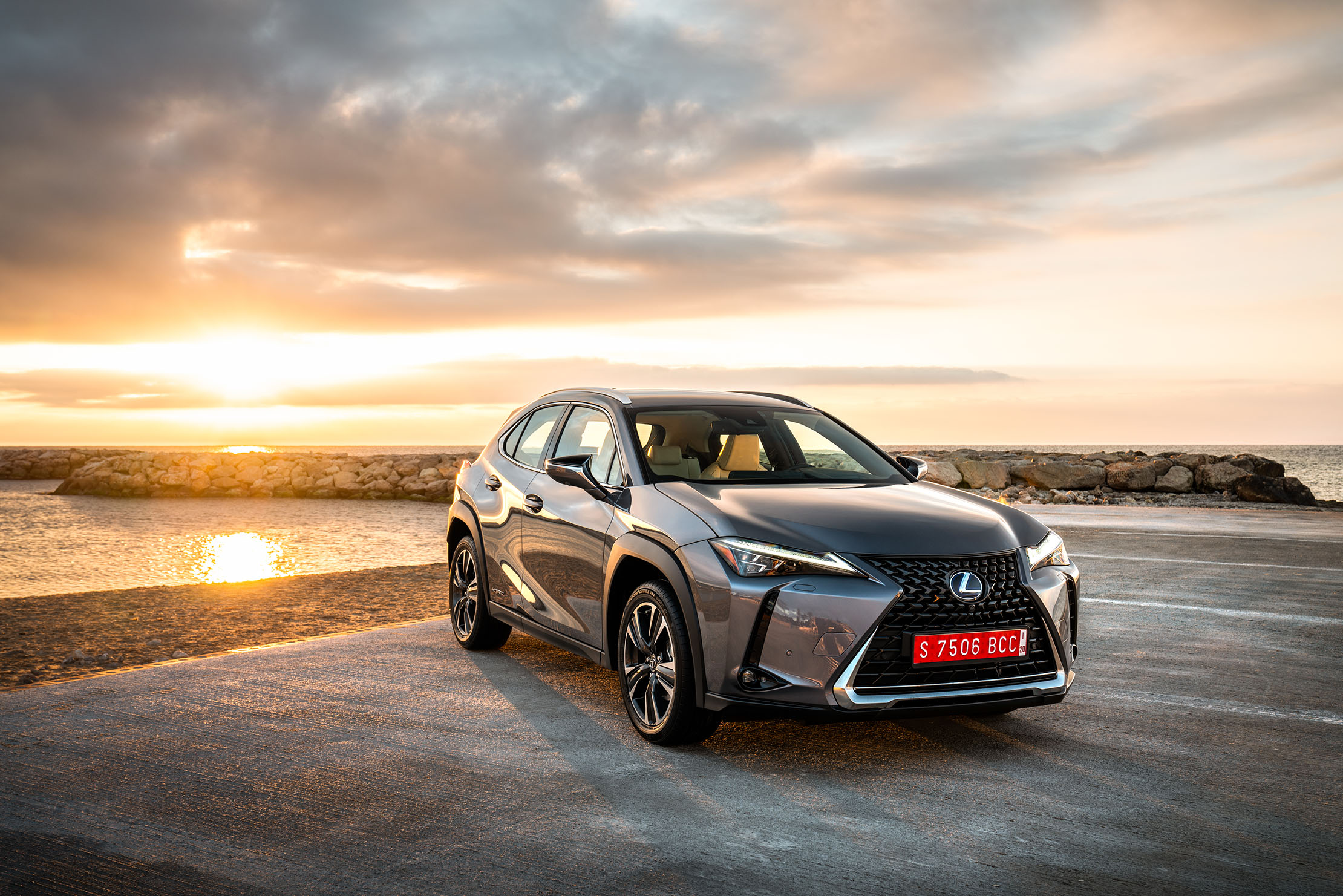Toyota RAV4 review: The 4x4 that dreamed of being a GTI, all grown up and 25 years old
Toyota's latest incarnation of the RAV4 is almost unrecognisable from the original car — but all the better for that, says Toby Keel.

It’s amazing how your little ones grow, isn’t it? How in what seems like the blink of an eye they go from impossibly-cute-but-tiny to hulking great things that you barely recognise.
What, did you think we were talking about children? Not a bit of it. This is about the Toyota RAV4. In the quarter of a century since the original 4x4 crossover was launched, the only thing that’s been left unchanged is the name badge on the back. What started out as an overgrown hatchback — the spiritual successor to the Suzuki jeeps of the 1980s — is now a car that, with a couple of big meals and a week in the gym, could probably go toe-to-toe with a Land Rover. It’s been growing so steadily, in fact, that in another 25 years the RAV4 will probably be the size of a medium-sized cottage.
Not that there’s anything wrong with this, of course, since the target audience for the RAV4 has evolved with the car. This vintage 1990s advert tells you everything you need to know about how the car started:
‘A 4x4 that handles like a GTI’ is what they were aiming for, and while it was never quite that, it went some way towards it. The RAV4 was the first mass-market 4x4 to successfully manage the trick of not feeling like a souped-up tractor when driven on the road, and has been that way ever since — a recipe that’s so successful that SUVs have taken over the world.
That’s something of a shame for the RAV4 in that a vehicle that once felt so distinctive now feels like it’s got an awful lot of long-lost-twins in the car parks of Ikea and John Lewis. There is an astonishing amount of competition in this sector, from things like the Vauxhall Grandland and VW Tiguan, to the Honda CRVs, Discovery Sports and Range Rover Evoques. Porsche, Lamborghini and Rolls Royce have jumped on the SUV bandwagon — and even Aston Martin recently unveiled their take on the formula with the forthcoming DBX.
So what makes the Toyota stand out from such a crowd? There’s no doubt that it’s a fine car. Comfortable, easy and responsive on the road, a great amount of space — for both passengers and their bags — and, in its AWD guise, capable of handling muddy fields without being the car you’d choose to cross the Kalahari.
Similar claims can be made for all those other cars, however. The Honda CRV, perhaps the closest equivalent, is slightly less good to drive, but slightly nicer inside; a Discovery Sport is more distinctive, but once specced-up likely to prove more expensive; a VW Tiguan more car-like to drive, but of such woefully uninspired design that it saps the soul. The RAV4 trumps all except the Land Rover on looks, and against that it’s a score draw.
Exquisite houses, the beauty of Nature, and how to get the most from your life, straight to your inbox.
Yet after living with the RAV4 for a week, there is absolutely no doubt in my mind that it should be on your shortlist. It took a family of four several hundred miles from Sussex to the Cotswolds, all round the Cotswolds, and back again in great comfort, with good sound from a blissfully simple-to-use-stereo, on everything from fields to motorways, without missing a beat. The 2.5-litre hybrid engine was absolutely superb: smooth, pretty quiet and returned a smidgeon under 50mpg. That’s fairly astonishing for a 1.7-tonne 4x4 that does 0-60mph in just over eight seconds.
Best of all was the automatic gearbox, a variable — or ‘CVT’ — affair which avoids jerky gear changes. Lots of car journalists hate CVT since it robs you of the fun of enjoying a sporty engine noise as you go up and down the revs; but if that’s what you want I’d suggest you buy an Alfa. If instead you have two children who are prone to car sickness, anything that cuts down the jerkiness of pulling away and changing gear is a godsend. The RAV4 might not be a 4x4 that drives like a GTI any more, but it’s all the bigger and better for that.
Toyota RAV4 AWD 2.5 hybrid
- 0-60mph: 8.1 seconds
- Fuel consumption (real-world WLTP figures): 47.8-50.4mpg
- CO2 emissions: 104g/km
- Price: £36,155 as tested; 2WD models start from £29,940
- More details: www.toyota.co.uk/suv

Lexus UX 250h review: The car of the future turns out to be a rather good option for right now
Japanese luxury car maker Lexus have made their first small SUV, and it's the sort of car that we'll all

Credit: Bentley
Bentley Continental GT review: 100 years on, Bentley still making the ultimate hybrid of sports car and limousine
Over the past decade and a half the Bentley Continental GT has become the most-successful model in the company's history. As
Toby Keel is Country Life's Digital Director, and has been running the website and social media channels since 2016. A former sports journalist, he writes about property, cars, lifestyle, travel, nature.
-
 Can you buy happiness? The latest list of Britain's happiest places, and what you could end up with if you moved there
Can you buy happiness? The latest list of Britain's happiest places, and what you could end up with if you moved thereCan you buy happiness? Of course not, but you can buy a nicer house in a better town... and, well, that's probably going to help quite a bit.
-
 Is the British Museum's attempt to save a Tudor-era pendant with links to Henry VIII proof that the institution is on the up?
Is the British Museum's attempt to save a Tudor-era pendant with links to Henry VIII proof that the institution is on the up?After years of neglect and controversy, Britain's premier cultural institution seems to be finding its feet again.

